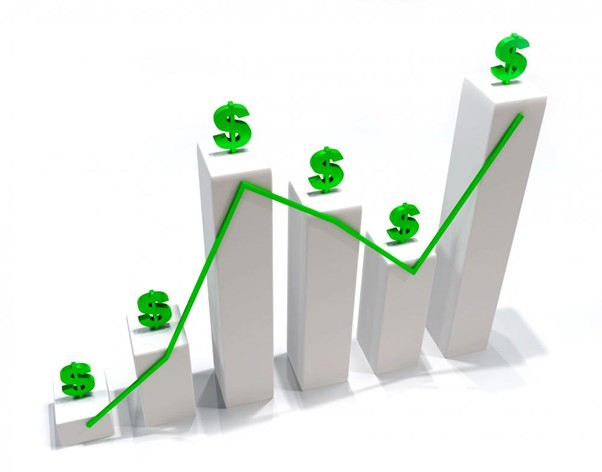Let’s be real, the stock market can feel like alphabet soup. But if there’s one letter combo you should care about, it’s P/E. That’s the Price-to-Earnings ratio.
It tells you how much investors are paying for every $1 the company makes in profit. Just take the stock price and divide it by the company’s earnings per share. That’s your P/E ratio.
It matters because this one number helps you figure out if a stock is a good deal or way too expensive. Think of it like a price tag on a dollar of profit.
You wouldn’t pay $30 for a $1 candy bar, right? The same goes for stocks. A high PE usually means you’re paying a premium, and that might not be worth it.
What’s a “Good” PE Ratio Then?
There’s no single right answer here. A PE of 15 might be cheap for one company and expensive for another. It all depends on the industry, the company’s growth rate, and what the overall market is doing.
For example, fast-growing tech companies usually have high P/E ratios. That’s because people believe they’ll earn a lot more in the future. On the other hand, older companies like banks or utility companies often have lower PEs.
If you want a benchmark, the average PE for companies in the S&P 500 has historically hovered around 16. That doesn’t mean 16 is the “right” number, but it’s a useful starting point to compare.
Use It… But Don’t Marry It
The PE ratio can be helpful, but it’s not the full story. Sometimes, a stock has a low PE for a reason. Maybe earnings are about to fall, or the company is in trouble. And a high PE isn’t always bad either. It could mean investors are excited about the company’s future.
Also, there are two types of PE ratios. The trailing PE looks at past earnings, while the forward PE uses estimates for future earnings. Forward PE can give a better sense of where the company is headed, but keep in mind, it’s based on predictions, not facts.
Add It To Your Toolkit
The PE ratio is a handy tool, but it shouldn’t be the only one you use. Pair the PE ratio with other info like company performance, industry trends, and how the stock has moved in the past.
The PE ratio is a quick check, not a final answer. Use it wisely, compare it across similar companies, and always look at the bigger picture.



